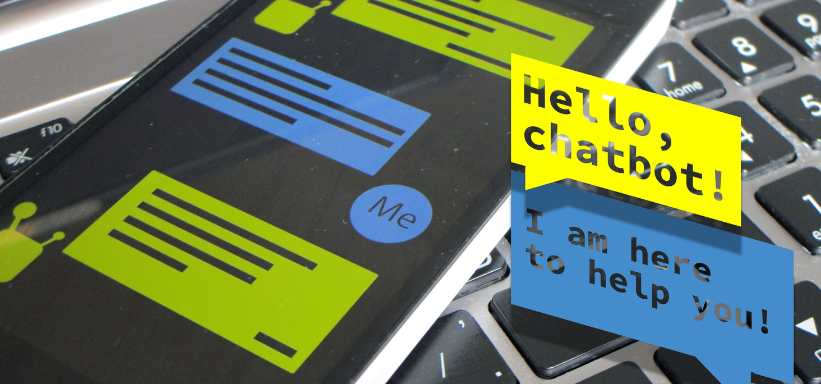Executive Summary
-
Discover how a tech startup revolutionized customer experience through personalized chatbots.
-
Understand the benefits and challenges of implementing chatbot technology.
-
Learn a step-by-step approach for integrating chatbots into your business strategy.
-
Explore expert insights and tools to maximize chatbot efficiency.
Introduction
In today’s digital world, customers demand quick, personalized, and efficient interactions. Businesses that fail to meet these expectations risk losing their competitive edge. Enter personalized chatbots—a solution that not only enhances customer experience but also streamlines operations. This article delves into a tech startup’s journey in transforming customer service through chatbots, providing valuable insights for businesses aiming to adopt similar strategies.
Definitions / Context
Personalized Chatbots are AI-driven programs designed to interact with customers in a human-like manner. Unlike generic chatbots, they leverage customer data to deliver tailored responses, improving user satisfaction and engagement. These bots are integrated across various platforms like websites, apps, and social media, providing seamless customer service.
Benefits / Pros
-
24/7 Availability: Chatbots offer round-the-clock service, ensuring customers can access support anytime.
-
Cost Efficiency: Reduces the need for large customer service teams, cutting operational costs.
-
Scalability: Easily handles multiple customer queries simultaneously, unlike human agents.
-
Personalization: Utilizes customer data to offer customized support and recommendations.
-
Data Collection: Gathers valuable insights into customer behavior and preferences.
Risks / Cons / Challenges
-
Data Privacy Concerns: Handling sensitive customer data requires stringent security measures.
-
Complexity in Integration: Aligning chatbots with existing systems can be technically challenging.
-
Limitations in Understanding: May struggle with complex queries requiring human intervention.
-
Initial Setup Costs: Developing and deploying chatbots involves significant upfront investment.
Step-by-Step Process
How to Integrate Chatbots into Your Business
-
Identify Business Needs: Determine which areas of customer service can benefit from chatbots.
-
Choose the Right Technology: Select a platform that aligns with your business goals and technical capabilities.
-
Develop and Customize: Create a chatbot persona and tailor its responses to fit your brand voice.
-
Test and Iterate: Conduct rigorous testing to ensure functionality and customer satisfaction.
-
Launch and Monitor: Deploy the chatbot and continuously monitor its performance and customer feedback.
A burgeoning tech startup, “TechNova,” faced increasing customer service demands that strained their resources. By integrating personalized chatbots, they successfully reduced response times by 60% and improved customer satisfaction scores by 40%. This transition allowed TechNova to reallocate human resources to more complex tasks, ultimately boosting overall productivity and customer retention.
Case Study: TechNova
Expert Tips / Strategic Insights
Epiidosis, a leading consultancy, recommends starting small with chatbot implementation, focusing on specific high-impact areas to ensure a smooth transition. Regular updates and training are crucial to maintaining chatbot performance and relevance. Additionally, businesses should prioritize transparency with customers regarding data usage and privacy practices.
Tools / Resources / Calculators
-
Chatbot Platforms: Dialogflow, IBM Watson, and Chatfuel are popular options for developing chatbots.
-
Online Resources: Check out HubSpot’s guide on chatbot strategies and best practices.
-
Data Privacy Checklist: Ensure compliance with regulations such as GDPR and CCPA.
Conclusion
Personalized chatbots represent a transformative opportunity for businesses to enhance customer experience and operational efficiency. As demonstrated by the TechNova case study, strategic implementation can lead to significant improvements in customer satisfaction and resource allocation. For businesses looking to stay ahead, investing in chatbot technology is not just an option but a necessity.

















